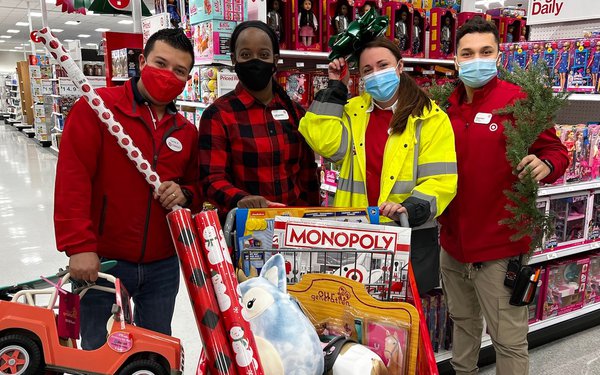
With Super Saturday just ahead, new data from the National Retail
Federation predicts somewhat fewer people plan to shop. And there are some signs that supply-chain concerns motivated many to shop earlier, fearing out-of-stock items.
The NRF expects 148
million Americans to shop online or in stores. While that’s an increase from the 147 million who shopped the last Saturday before Christmas in 2019, it’s down a bit from the 150 million
who shopped last year.
About 27% say they’ll shop only in-store, and 32% intend to shop online only. And 41% plan to use a combination of both channels.
And 42% of those in the
survey, based on 7,400 respondents, think they’ll finish shopping before then, up from 40% last year and 30% in 2012, the first year it asked the question.
The most shopped-for gifts are
clothing and accessories (mentioned by 44%), toys (30%), books and other media (26%), gift cards (25%) and electronics (20%). Gifts of experiences, such as spa certificates and event tickets, were
mentioned by 23%.
advertisement
advertisement
The NRF survey, conducted with Prosper Insights & Analytics, included 7,400 U.S. adults.
Overall, respondents say they’re a little more than halfway through
their shopping lists, and most -- 71% -- say they’ve been able to find what they want either all or most of the time. And 65% intend to shop the week following Christmas.
The NRF
previously forecast gains of between 8.5% and 10.5% over 2020, with totals expected to be between $843.4 billion and $859 billion. Now the NRF thinks gains in the November/December period may be
as much as 11.5% more than last year.
Some economists don’t expect that strength to spill over into the New Year. Moody’s says it expects 2022 retail sales to be challenged because
of “supply constraints, labor shortages, increasing input costs and new emerging coronavirus variants.”
And while pent-up demand fueled much of 2021’s stellar performance,
that may be waning. Those gains are “at risk of reversing to the extent consumers return to pre-pandemic spending patterns on categories such as commuting expenses and leisure
activities.”